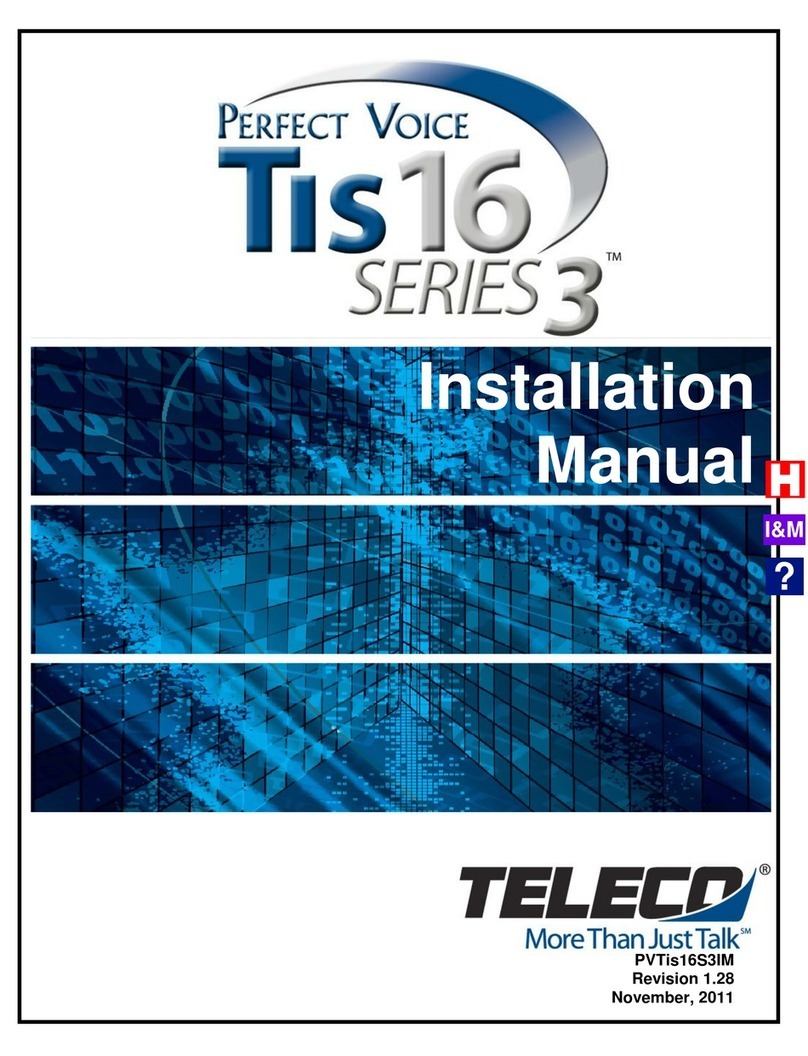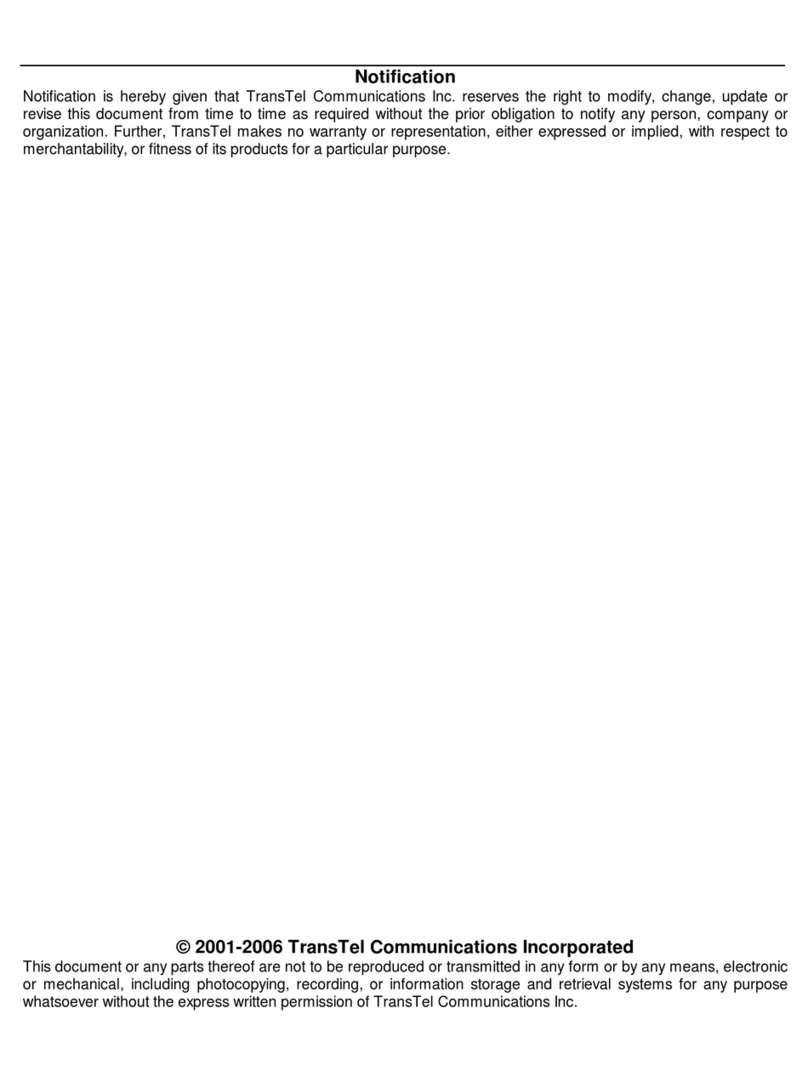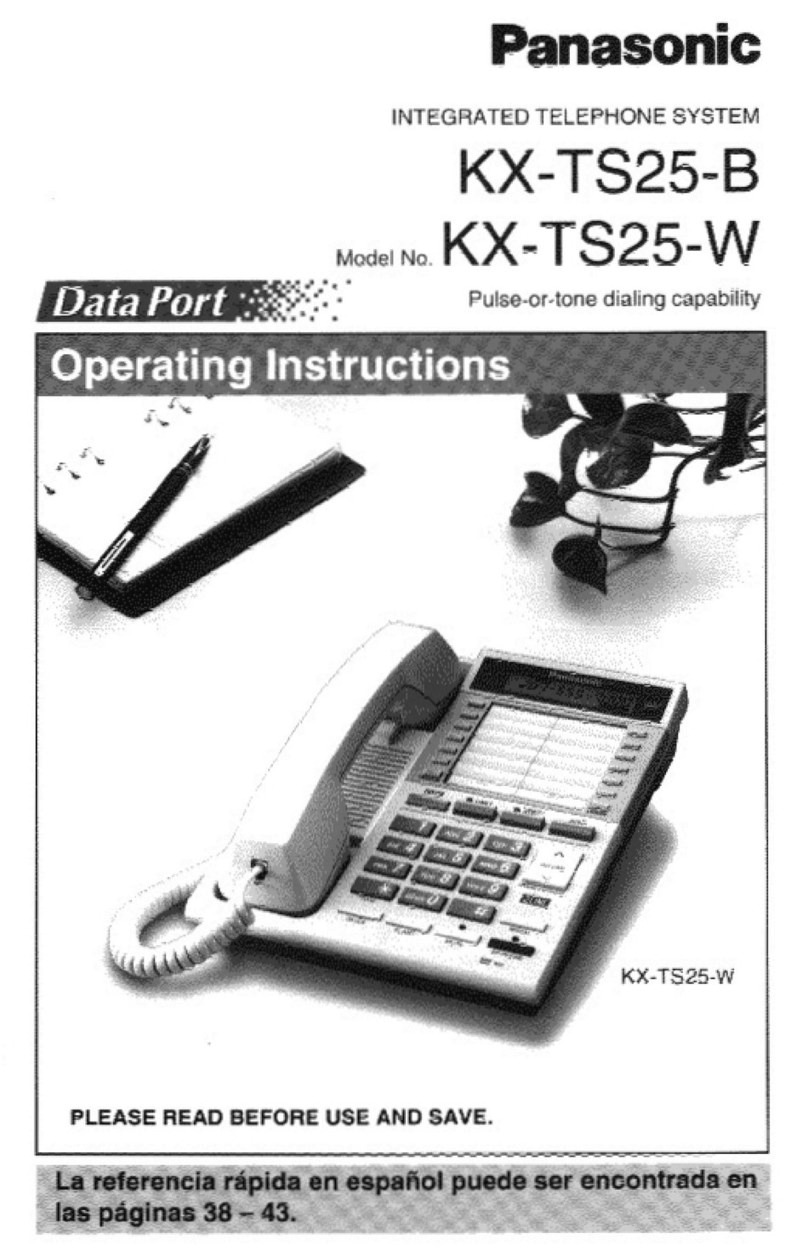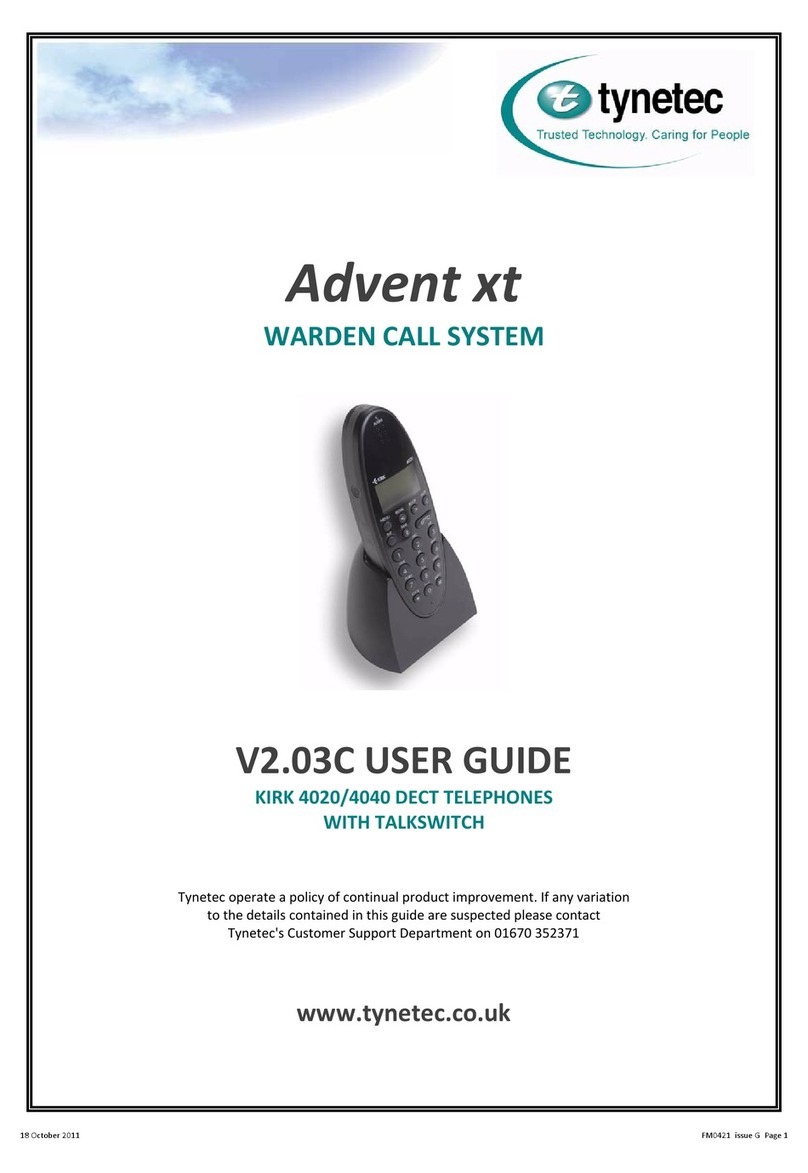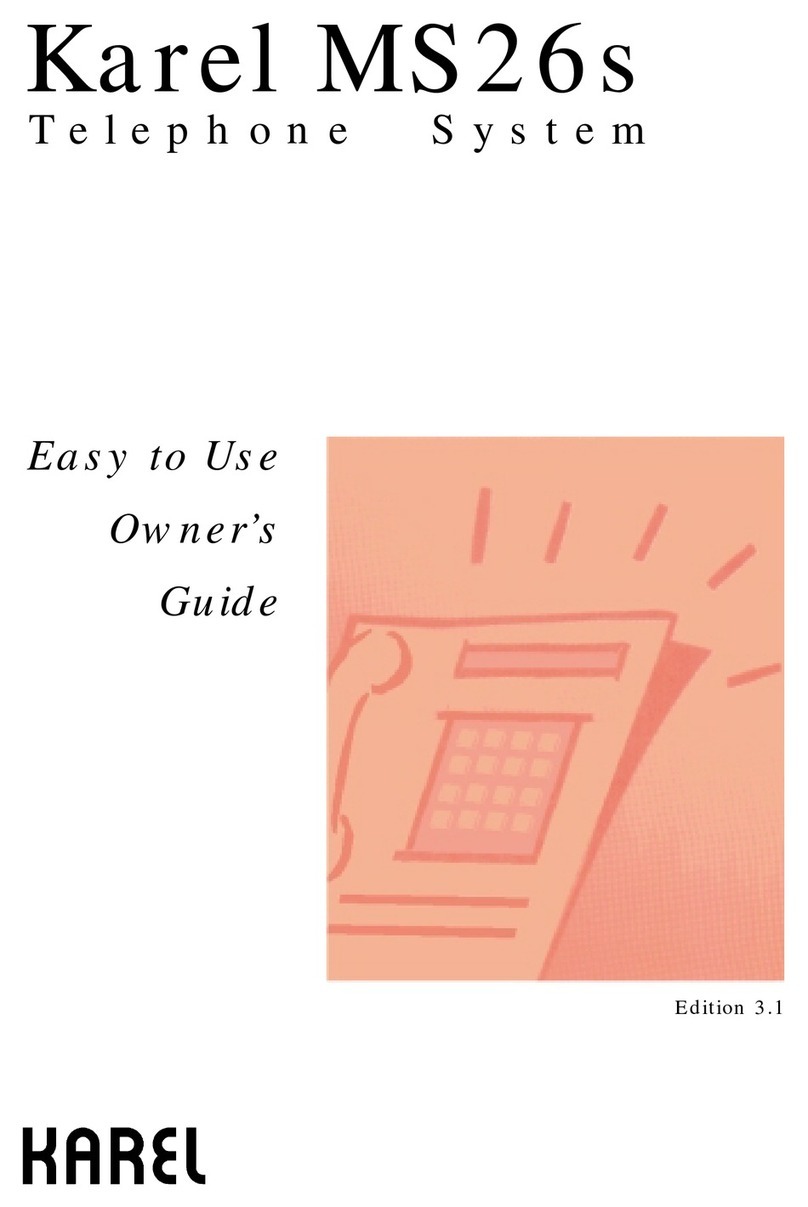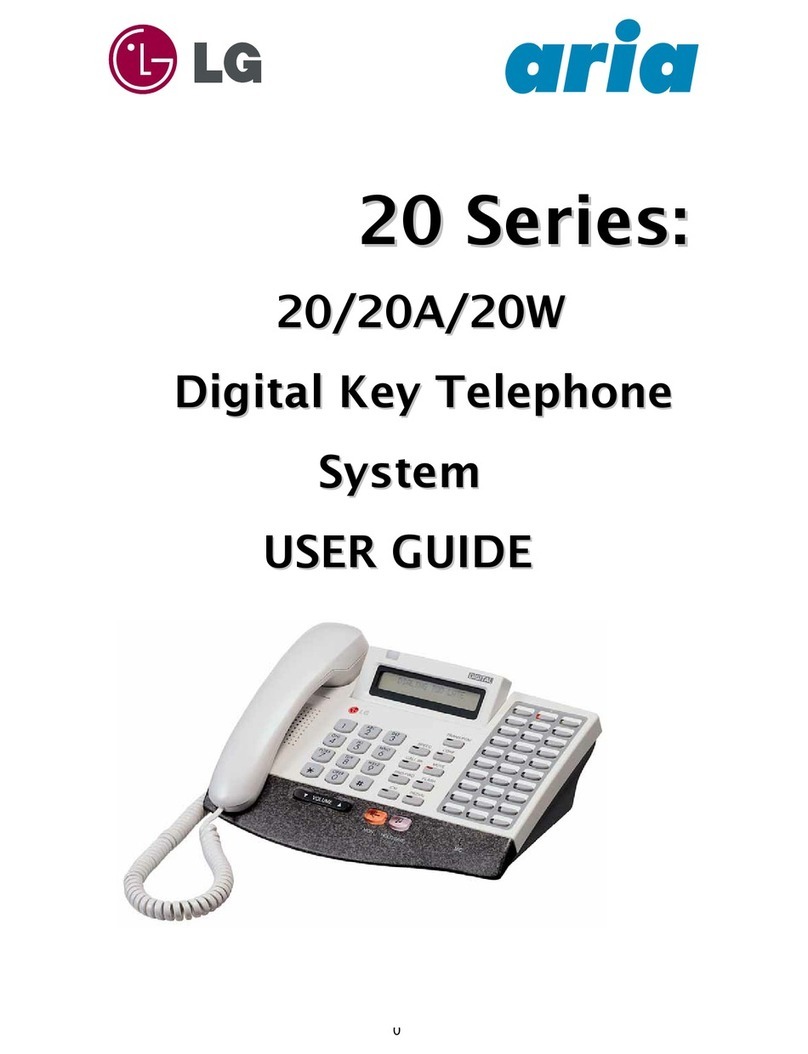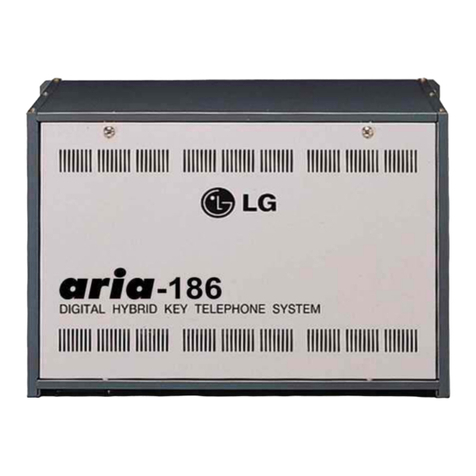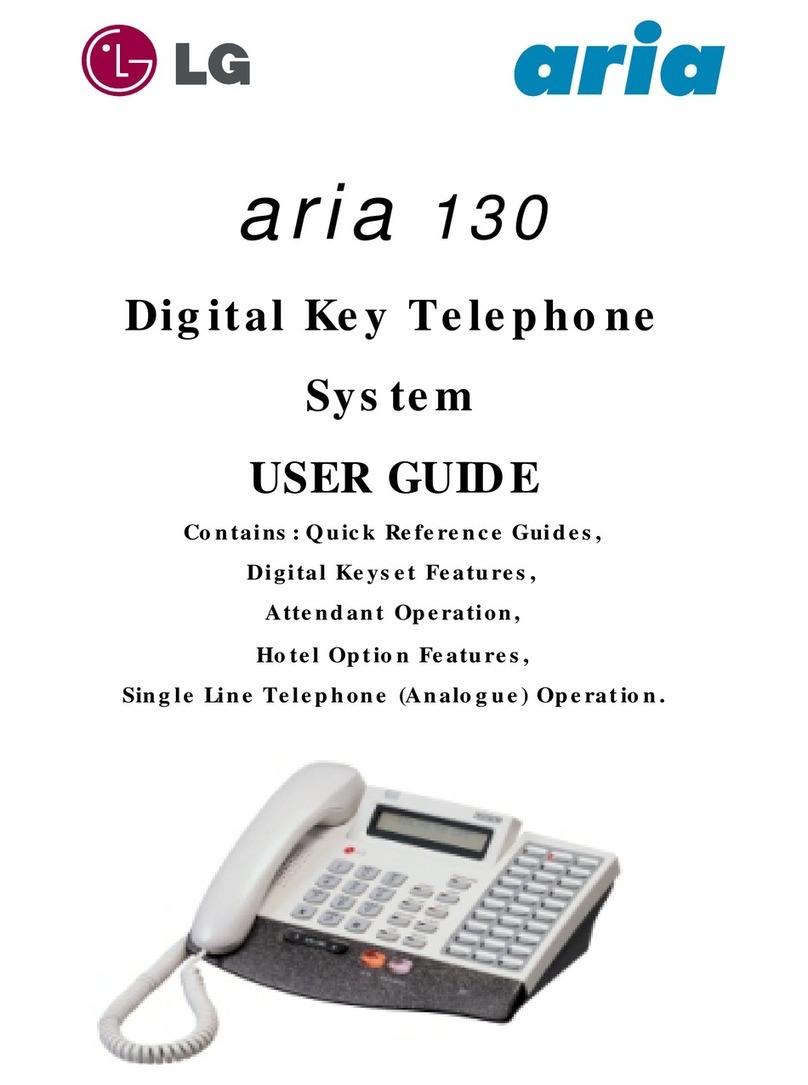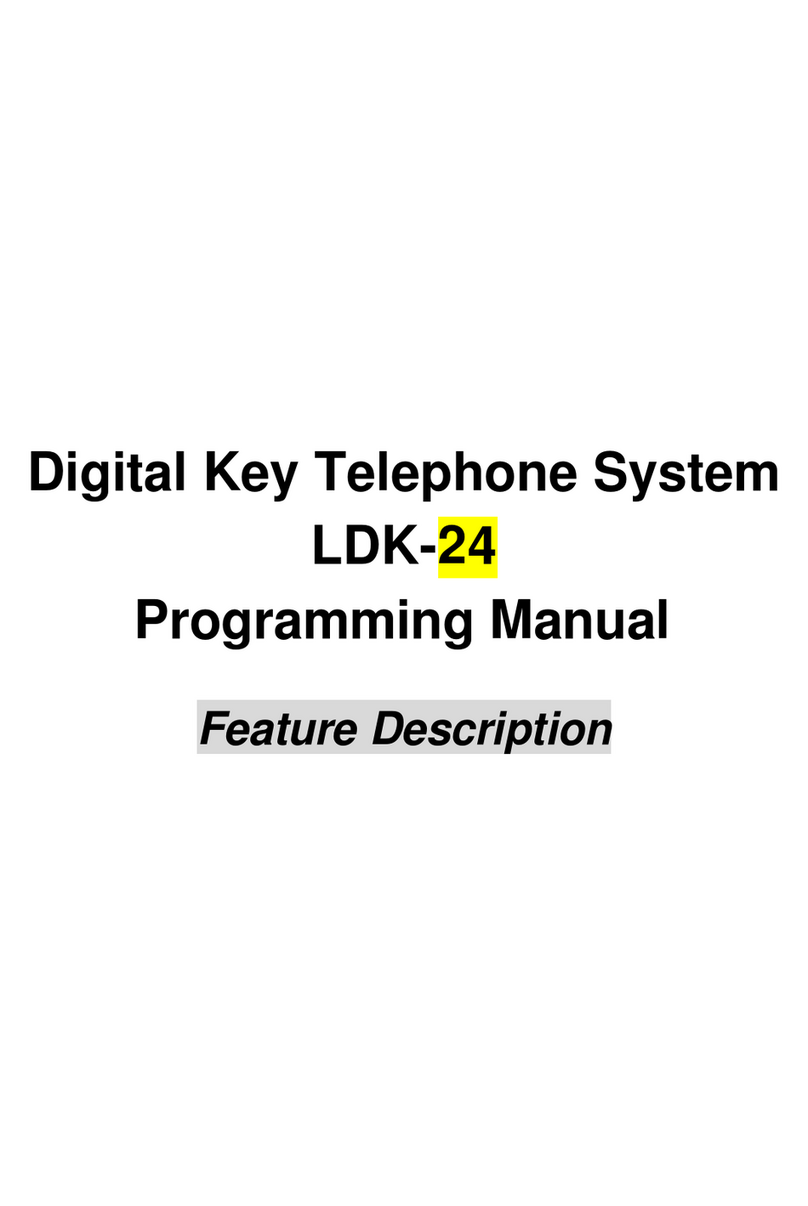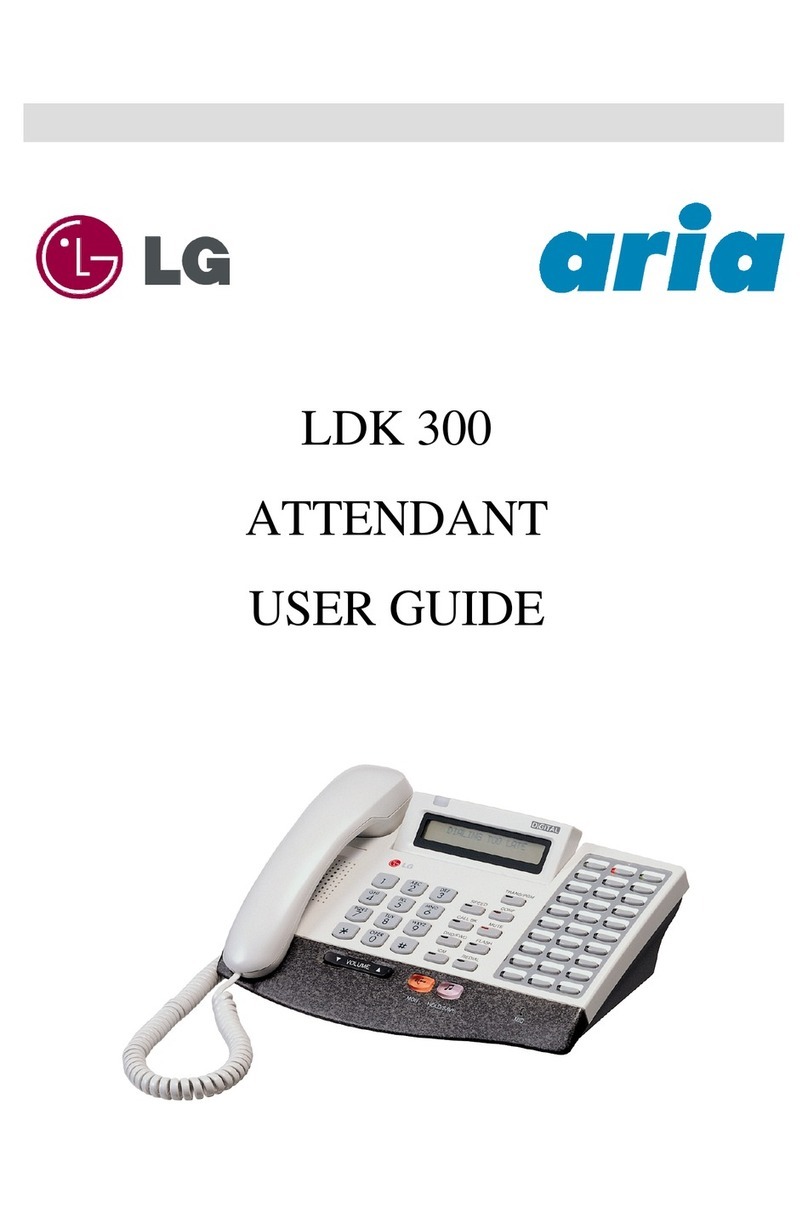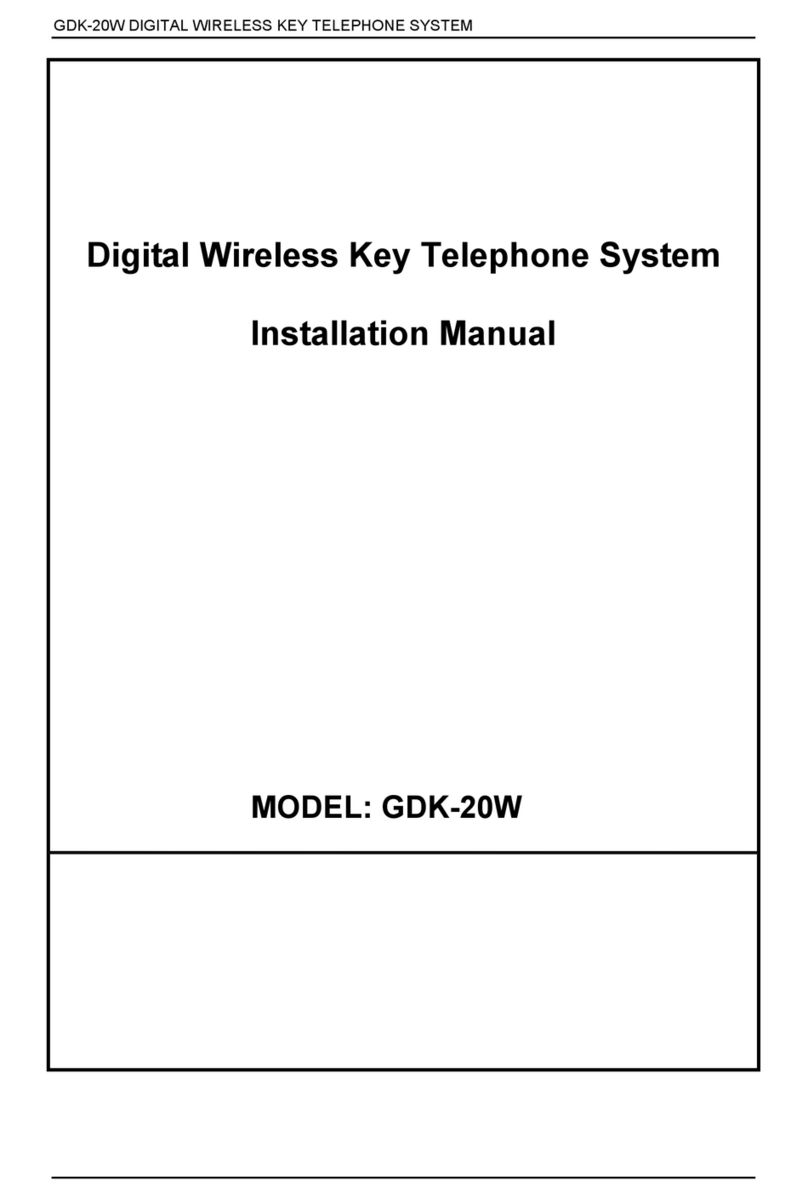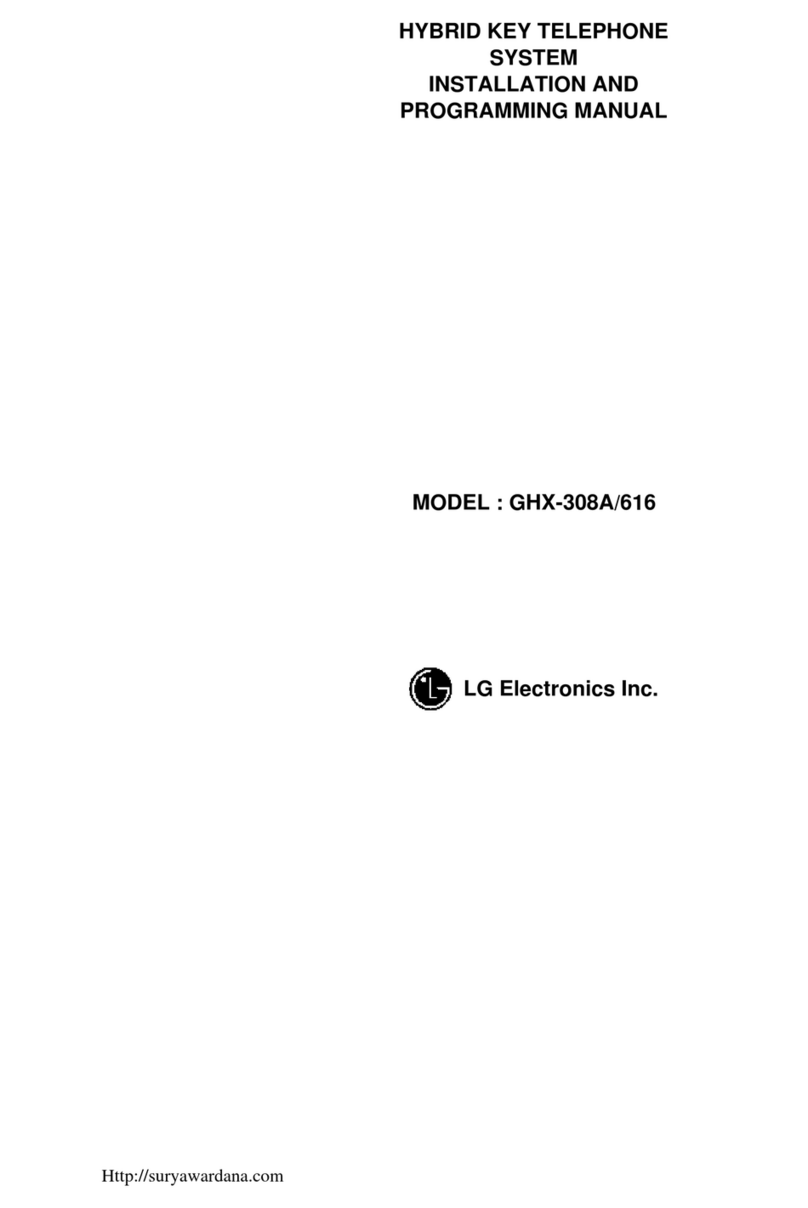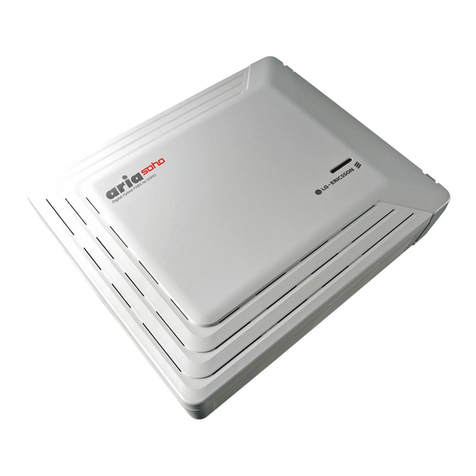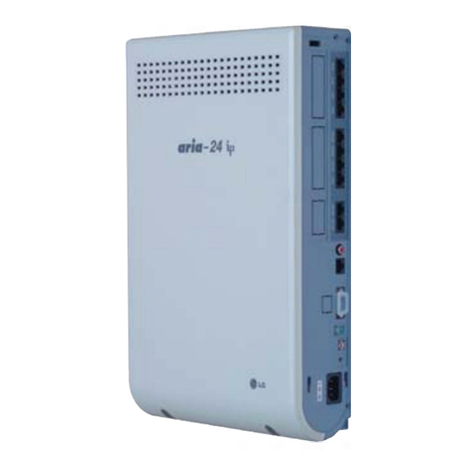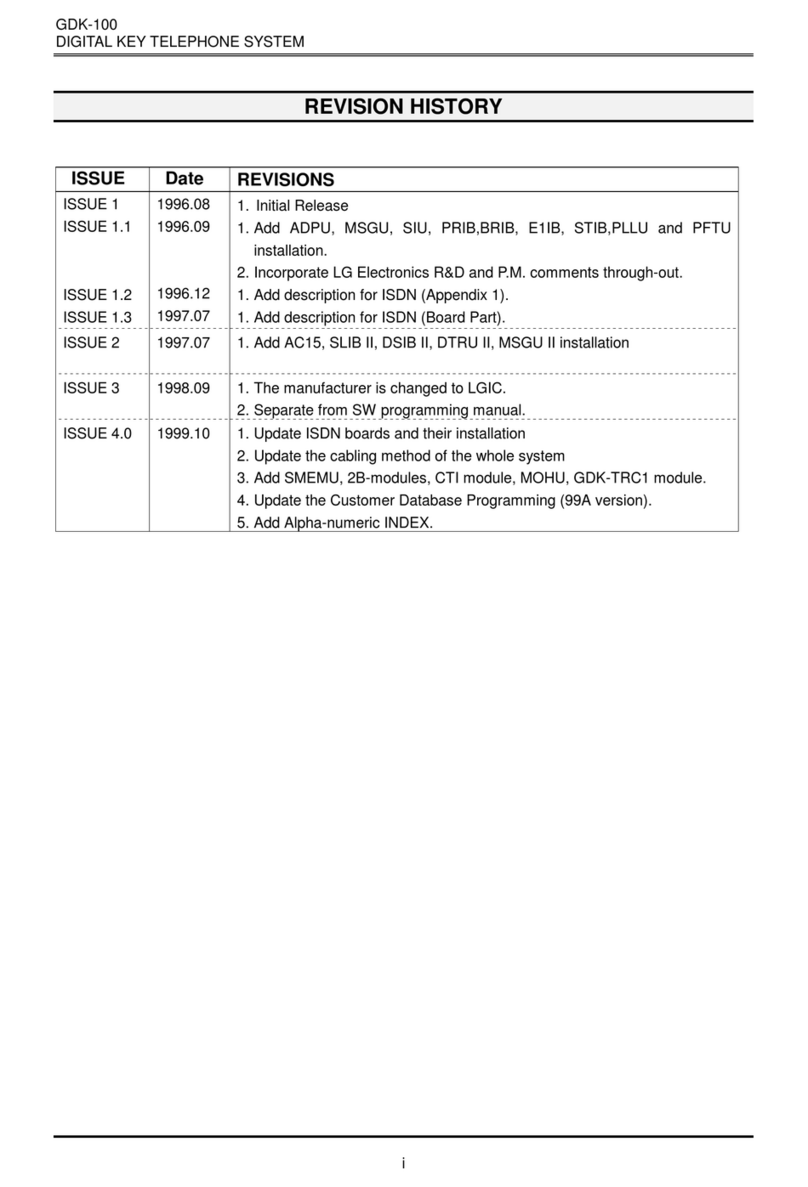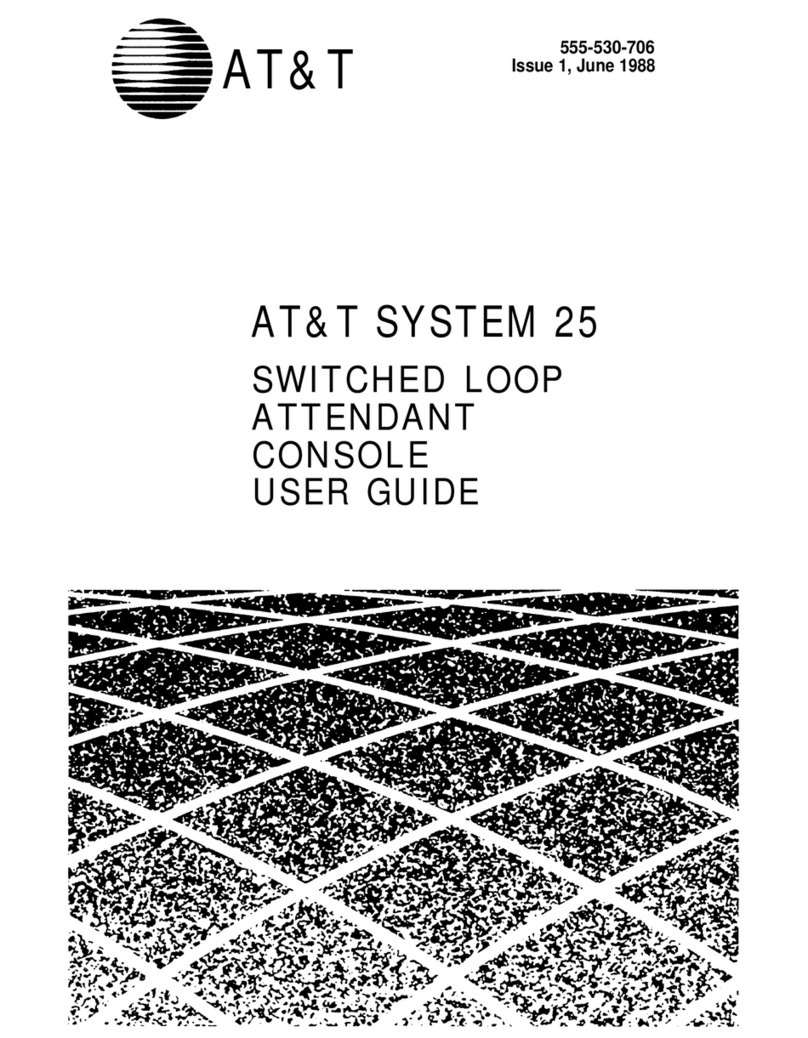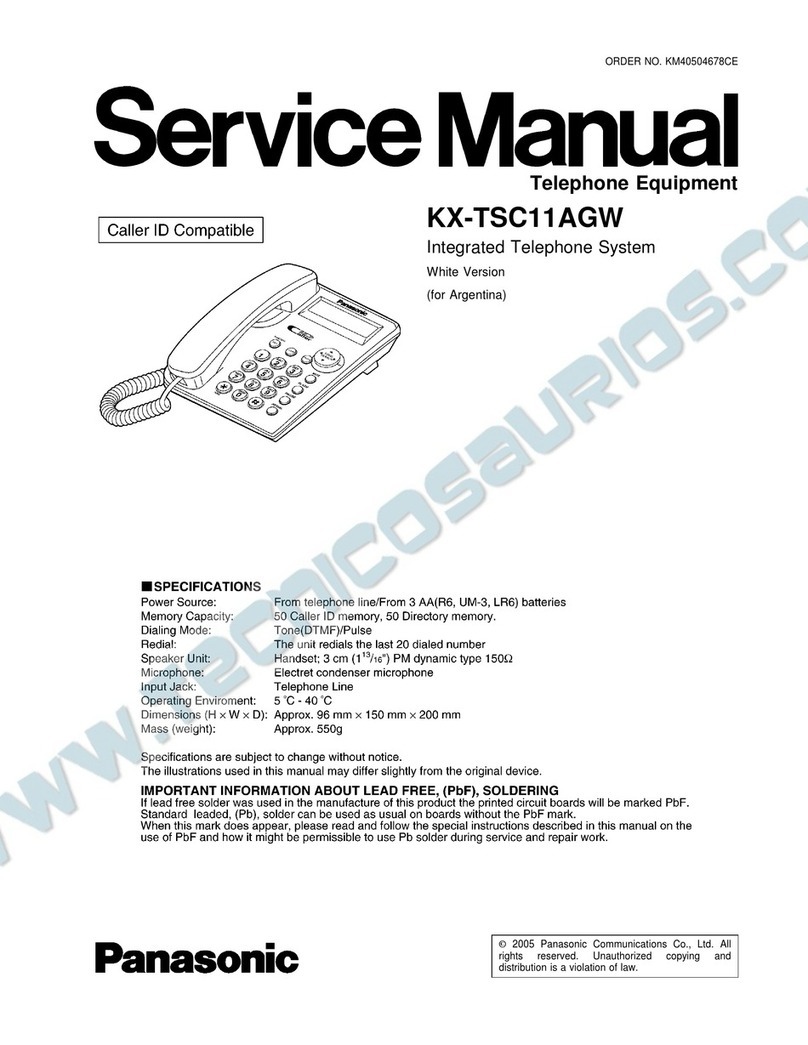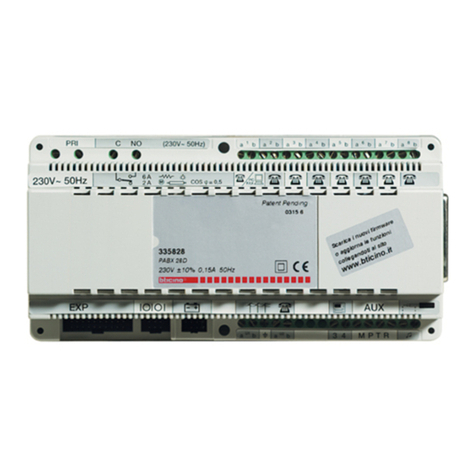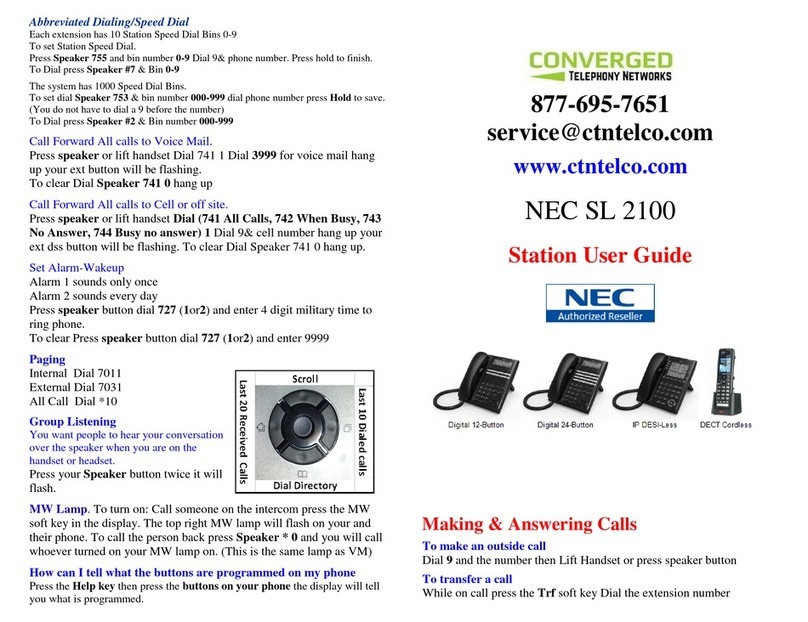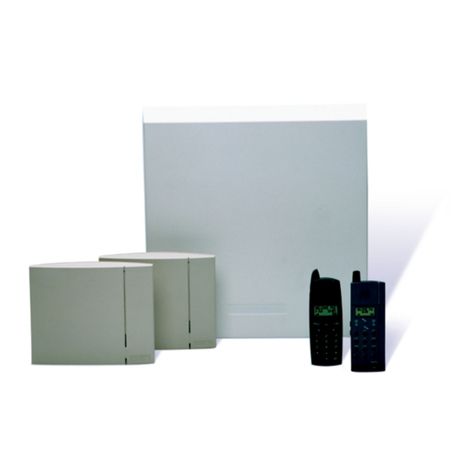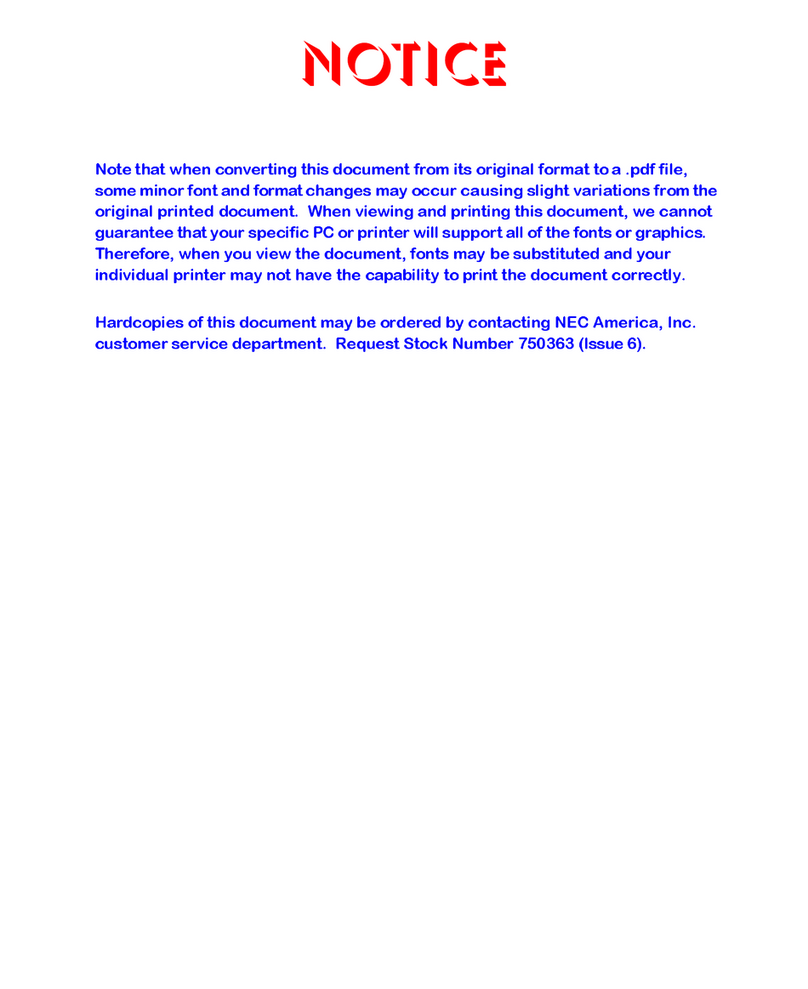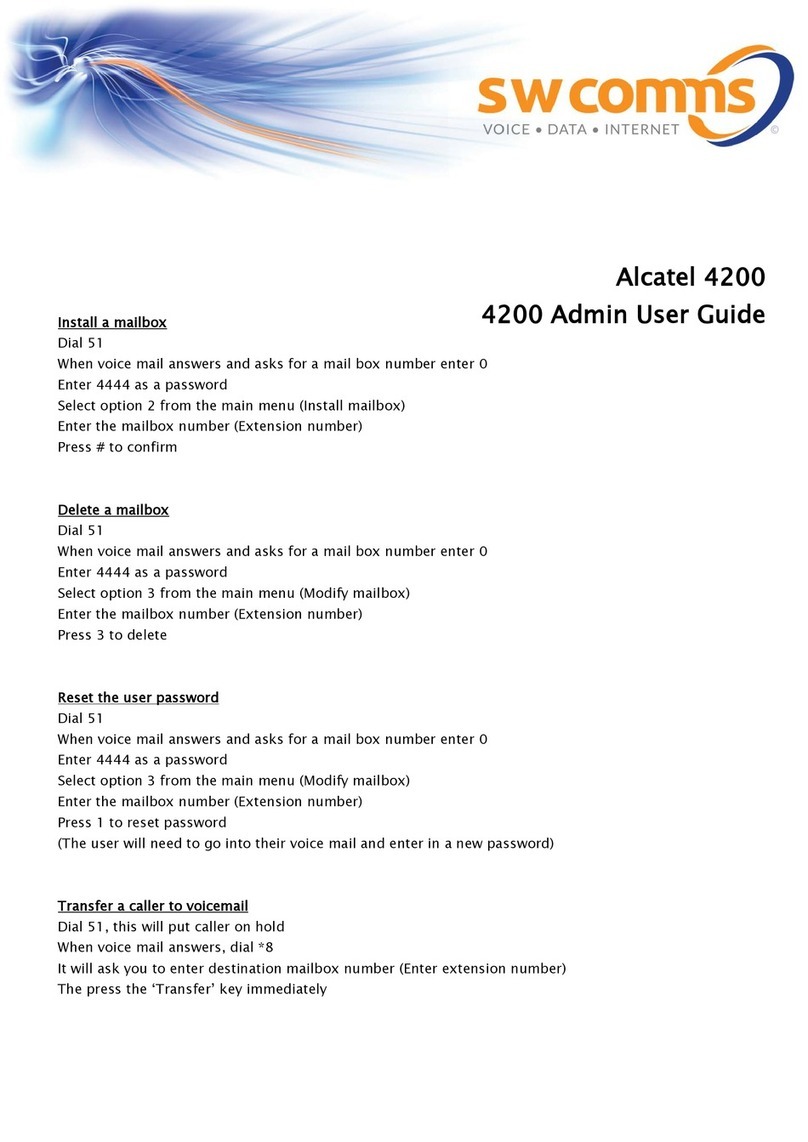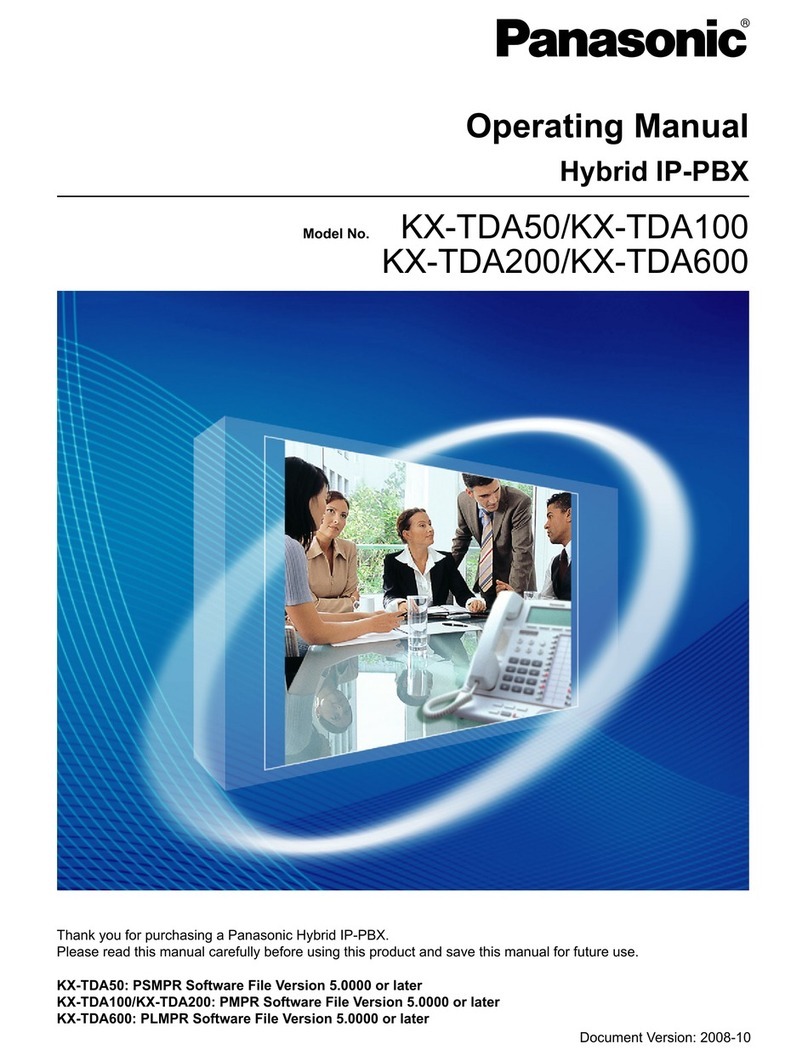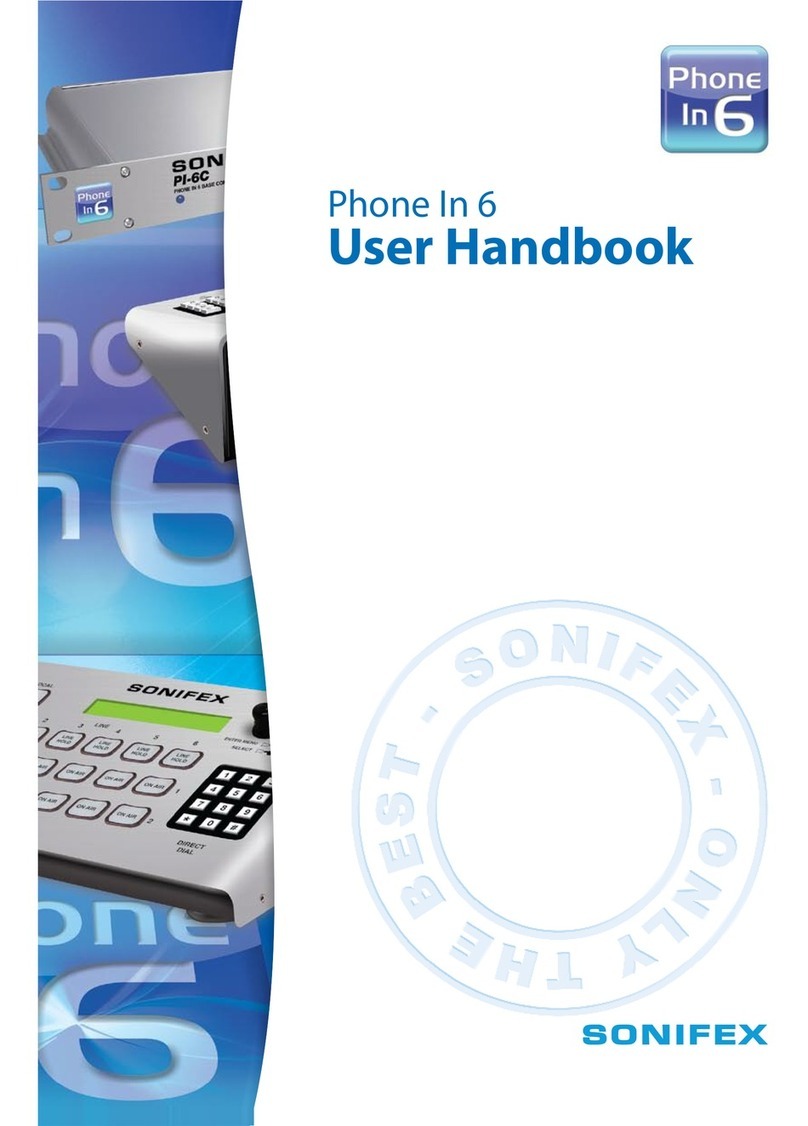
ipLDK-60 SERVICE MANUAL
DIGITAL KEY TELEPHONE SYSTEM
II
3.3.2 Block Diagram........................................................................................................................... 43
3.3.3 Circuit description...................................................................................................................... 44
3.3.4 Meaning of Connectors ............................................................................................................. 49
3.4 SLIB8 (SINGLE LINE INTERFACE BOARD-8PORT) ................................................................................... 53
3.4.1 General ..................................................................................................................................... 53
3.4.2 Block Diagram........................................................................................................................... 53
3.4.3 Circuit description...................................................................................................................... 53
3.4.4 Meaning of Connectors ............................................................................................................. 54
3.5 E1HB8(E1R2 DIGITAL TRUNK &8HYBRID BOARD) ................................................................................ 55
3.5.1 General ..................................................................................................................................... 55
3.5.2 Block Diagram........................................................................................................................... 55
3.5.3 Circuit Description ..................................................................................................................... 56
3.5.4 Connectors, Modular jacks and LEDs....................................................................................... 69
3.6 VMIU/AAFU ........................................................................................................................................ 73
3.6.1 General ..................................................................................................................................... 73
3.6.2 VMIU/AAFU Block Diagram ...................................................................................................... 73
3.6.3 Functional description ............................................................................................................... 73
3.6.4 Circuit description...................................................................................................................... 74
3.6.5 Connector.................................................................................................................................. 75
3.7 MODU (MODEM UNIT).......................................................................................................................... 76
3.7.1 General ..................................................................................................................................... 76
3.7.2 Block Diagram & Description .................................................................................................... 76
3.8 CMU50PR /CMU12PR ....................................................................................................................... 77
3.8.1 CMU50PR (Call Metering-50Hz and Polarity Reversal Detection Unit) .................................... 77
3.8.2 CMU12PR (Call Metering-12KHz and Polarity Reversal Detection Unit).................................. 77
3.8.3 Block diagram ........................................................................................................................... 78
3.8.4 Circuit description...................................................................................................................... 79
3.9 VOICE OVER INTERNET PROTOCOL INTERFACE MODULE(VOIB).............................................................. 81
3.9.1 General ..................................................................................................................................... 81
3.9.2 Block Diagram........................................................................................................................... 82
3.9.3 Circuit Description ..................................................................................................................... 82
3.9.4 Meaning of Connectors, Switches and LEDs............................................................................ 87
3.10 PSU (POWER SUPPLY UNIT) ............................................................................................................... 89
3.10.1 Block Diagram......................................................................................................................... 89
3.10.2 Operation description .............................................................................................................. 90
SECTION 4. TROUBLESHOOTING ..............................................................................................................92
4.1 MBU .................................................................................................................................................... 92
4.2 EMBU................................................................................................................................................ 123
4.3 CHB308 ............................................................................................................................................ 139
4.4 CSB316............................................................................................................................................. 151
4.5 SLIB8 ................................................................................................................................................ 161
4.6 SLU8 ................................................................................................................................................. 167
4.7 VMIU/AAFU ...................................................................................................................................... 173
4.8 VOIB ................................................................................................................................................. 176
4.9 E1HB(RPHB8) .................................................................................................................................. 179
